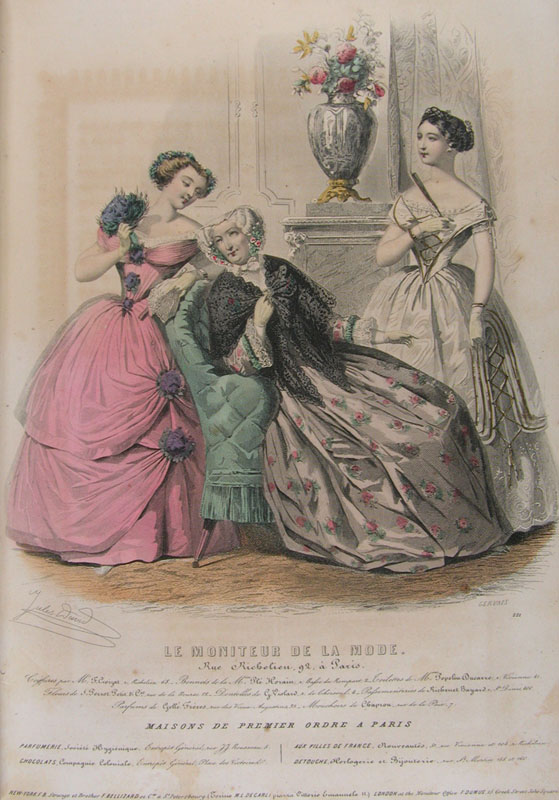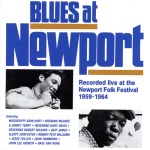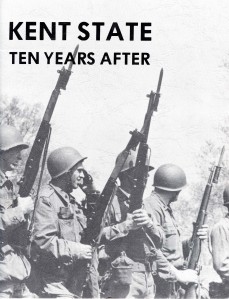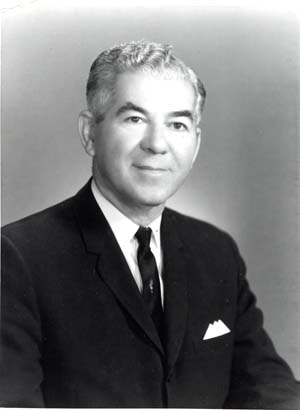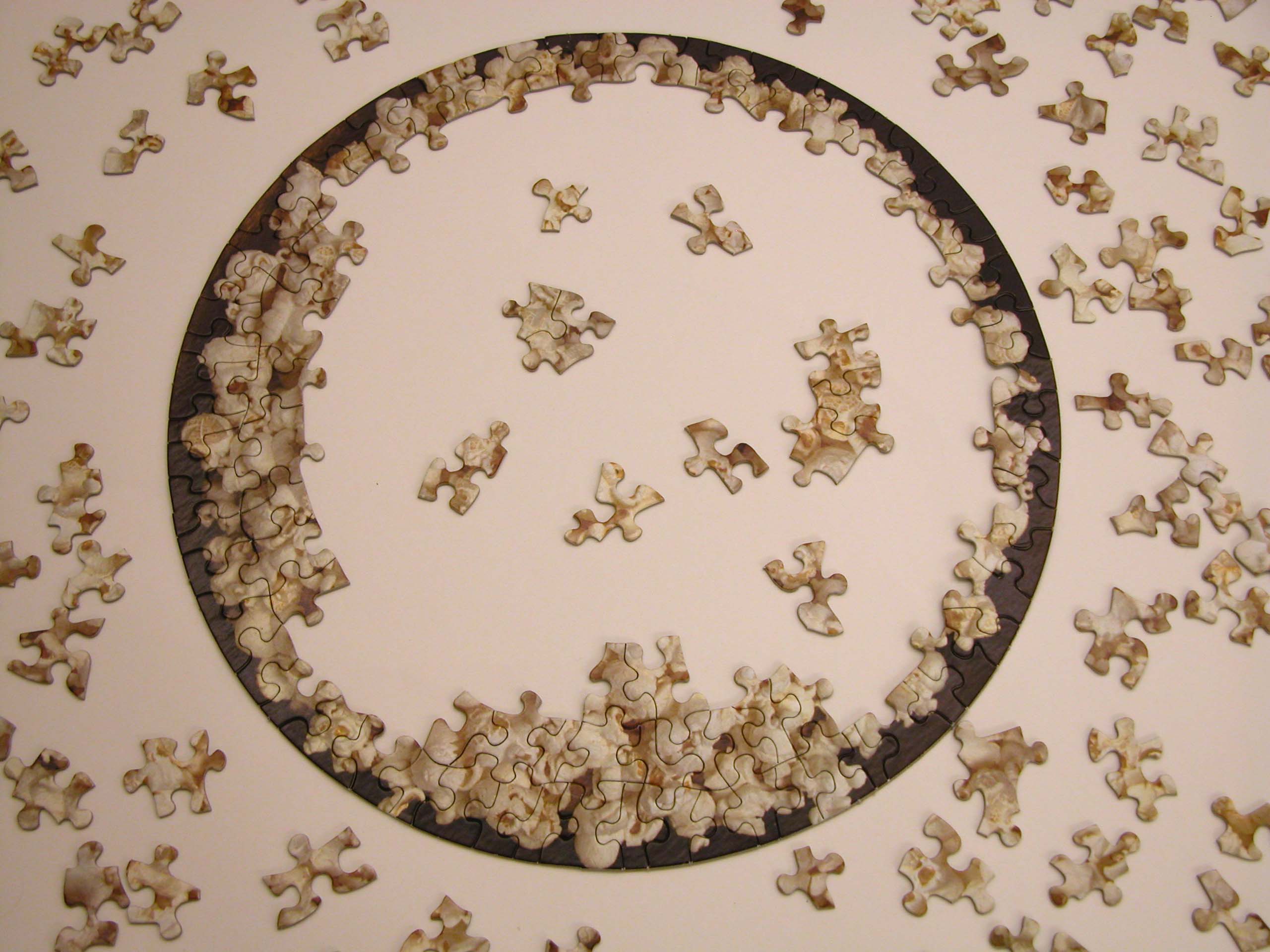
Anza-Borrego Desert by Edwin Way Teale from his 1965 book Wandering Through Winter.
“The dirt road we followed led us through a region of arroyos, desert washes and tilted plains scarred by runoff. Clouds of fine dust trailed behind and billowed around us when we stopped. And we stopped often. Here we examined the purple-red of the Mexican rose prickly pear cactus, there the trails of wild burros crossing the road on their way to the water. … We paused to watch red-tailed hawks hunting among the yuccas,” wrote Edwin Way Teale in Wandering Through Winter, his Pulitzer Prize-winning book from 1965 documenting a 20,000 mile journey from Silver Strand, California to Caribou, Maine. Teale, a writer, naturalist and enthusiastic photographer, thrilled his readers with his discoveries and depictions of places and people he encountered along the way. Many photographs from his travels have never been published. Browse nearly 100 of Teale’s pictures now available in the UConn Archives digital repository.

